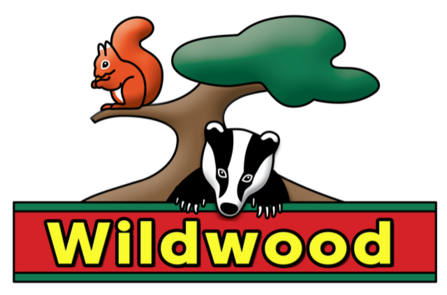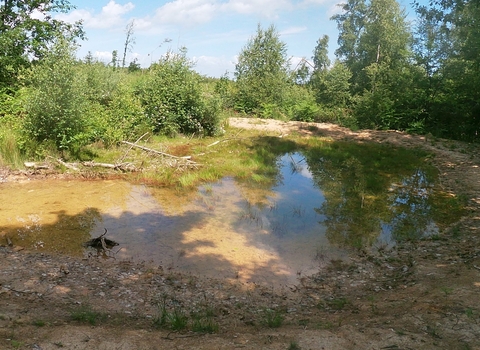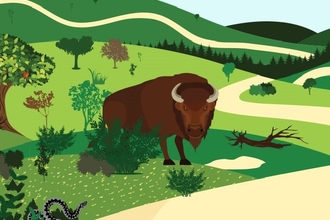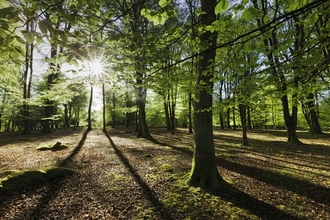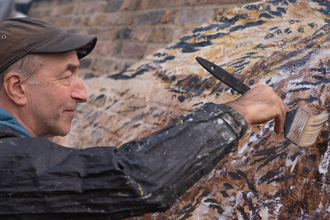On first impressions of woodland ponds are still and calm. But, if you look closer, they are teaming with life.
These ponds are an oasis for many species including dragonflies, frogs, newts and even bats. The water is often clean, and the dappling of light creeping through the trees invites insects and amphibians.
Woodland ponds create an environment for wetland plants to grow and thrive which, in turn, creates habitats for wildlife.
Ponds are not usually connected to one other and are fed by groundwater or rainwater. The most effective ponds for wildlife have a shallow edge with vegetation or plant cover which attracts amphibians and insects with partly aquatic life stages.
Many ponds are man-made and were often created to provide a water source for animals. In other instances, they may have been a result of digging for marl, a clay rich in lime, or formed from bomb craters during the Second World War. Whilst some are ornamental, others are created specifically to encourage wildlife to develop.
The majority of the ponds in West Blean and Thorndon Woods are man-made ‘fire ponds’ which were created to supply water in the event of forest fires. Over time, these have been modified with the intention of providing water for the animals within the Wilder Blean project: European bison, Longhorn cattle, Exmoor ponies and Iron-Age pigs. Most of the ponds in the area are fed by rainwater and some by streams.
When examining ponds in the spring, you may see frogspawn or strings of toad spawn. You are most likely to spot a newt just after dusk and if you check the edge of the pond with a torch, you might see a Daubenton bat skimming the surface.
If you’re interested in pond dipping, especially during the summer when you will yield the best results, we have brand-new pond dipping platforms installed at our Tyland Barn Visitor Centre and Wildlife Park in Maidstone. Expect to see water beetles, diving beetles, water fleas and dragonflies.
For more information about the Wilder Blean Project click here.

